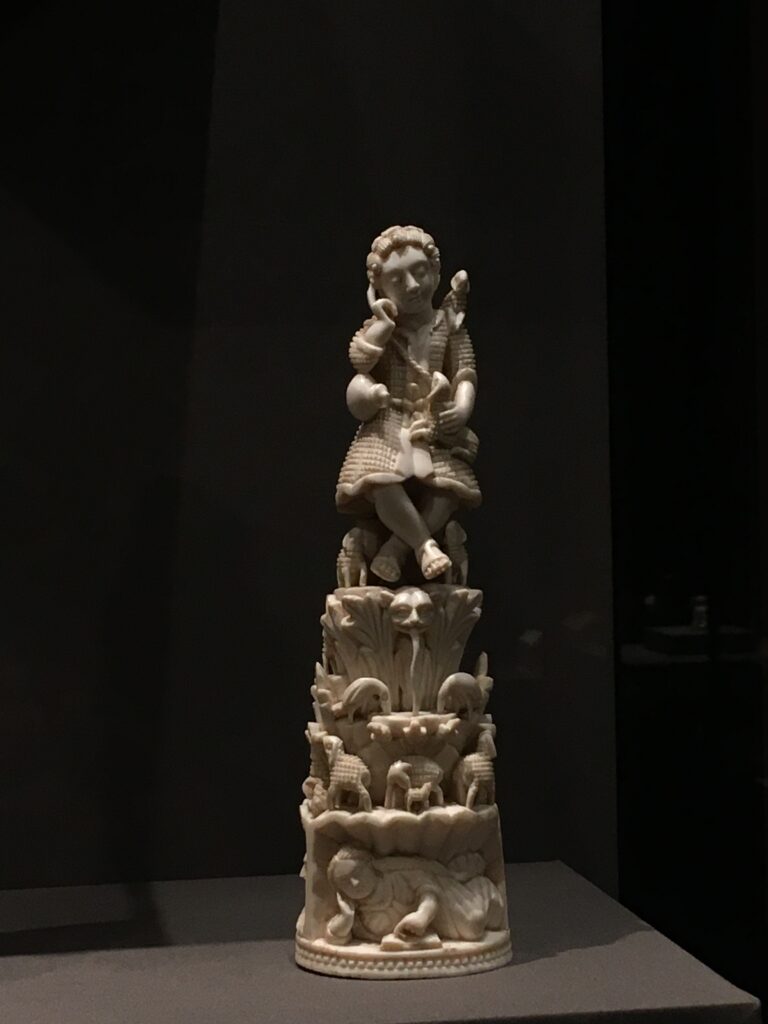I met Raniero Gnoli for the first time at the beginning of my university career, when I started attending his class on Abhinavagupta’s commentary on the Paratriṃśikā. I had only had one year of Sanskrit and I spent each class taking as many notes as possible, which I then re-read in the following days, trying to reconstruct the translation of a text that was way beyond my competence.
Raniero Gnoli had published his translation of Abhinavagupta’s commentary in 1985, but had decided to get back to it and while reading it with us (he did most of the reading) he partly revised his previous understanding. I was impressed by how learned he was, by how he seemed to understand Sanskrit without any difficulty (for instance, if he ever hesitated about a word, he would mentally check its usages in other Sanskrit texts he seemed to know almost by heart and thus understand it better), but also by his willingness to revise his previous understanding and to let us look at how he engaged with his past self and with Abhinavagupta himself.
The following year he read with us a Sanskrit text together with its Tibetan translation (he knew Tibetan, but refused to use the contemporary Tibetan pronunciation and would just pronounce “rgyu” and the like as if they were Sanskrit words, namely as र्ग्यु). During my first 1–2 years he was also the director of the Department of Oriental Studies (the name might have been different at that point, I am no longer sure) and I asked him his advice about what to specialise on. I told him that I was also thinking about Indian art and archaeology. His answer was clear-cut, namely that Chineses excelled in art, Indians not so much. There was thus no point in specialising in it. (I don’t know whether he said it as a test or a form of upāyakauśalya, but it did the trick.)
For many years to follow, Raniero Gnoli had stopped teaching at the University, but would still welcome us in his castle to read Sanskrit together. “We” means the students of Sanskrit at that point, a group of undergraduates who were still struggling with even simple Sanskrit. It took us years to get better, but he welcomed us at all stages. He read with us whatever we asked him to read, from the Nyāyabhāṣya (which was understandable for us, hence it made us overconfident) to Prajñākaragupta’s commentary on Dharmakīrti (too difficult for us!).
Although he was among the most productive scholars imaginable, always studying new things (often unheard for, such as how to execute the “punto Milano” embroidery), he appeared to always have time for reading Sanskrit with us. For the first months, he just read himself, then at a certain point he must have understood (how? Out of our pupils’ movements?) that we had become good enough and just asked us to translate (I was shocked, but it worked) and then corrected us. We could come for weeks in a row with the same text or just show up with a new text, he was open to everything.
He had strong opinions about Sanskrit philosophy and seemed to be guided by a crystal clear intellect. This must have been the reason he could recognise the philosophical genius of Abhinavagupta at a time virtually no one had even noticed him. For instance, he is the origin of the translation “aesthetic experience” for rasa, thus understanding what was at stake with Abhinavagupta’s insistence on it, at a time when other translators still spoke of “juice” or the like. Similarly, Gnoli would have definite opinions about how to put together a critical edition (which needs to be “critical” and not a mere collation) and about priorities for the discipline. Once, for instance, we asked him what prompted him to prepare the critical edition of the Pramāṇavārttika+svavṛtti. He said that it was needed.
After reading, he would chat with us for a while. We got to know about his journeys through India, often looking for stones (like a certain lumachella) or manuscripts, or about his Greek literature exams during his university studies, or about Tucci’s eating restrictions. He was the kind of superior being who does not need to show their superiority, since it is apparent, and he was therefore humble, often wearing old and worn trousers and even making fun of himself. For instance, when he turned 70 Raffaele Torella put together two volumes in his honour (“Le parole e i marmi”) and organised a small ceremony for him once the volumes were published. Gnoli started his speech saying that it was nice to feel younger (since the volumes ended up being published two years after his 70th birthday) and later commented with us that the whole ceremony had been a “preview” of his funeral —little did he know that he would have lived and worked for further 23 years.
Personally, my debt towards him is inextinguishable. I learnt most of what I know about Sanskrit philosophy from illustrious teachers, and Raffaele Torella and Raniero Gnoli were not only the first ones, but two absolute models of scholarship. I can’t fathom how much good karman I must have accumulated in the past to have been worthy of reading with them, learning from their pāṇḍitya, which was so deep it looked spontaneous, and even listening to their fearless way of expressing ideas —very different from what many describe as “typical Academia”.

